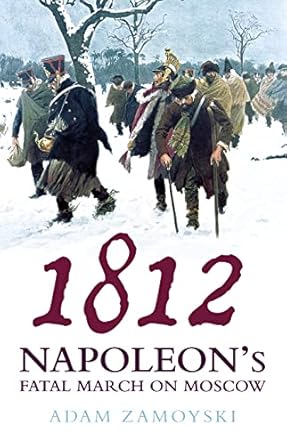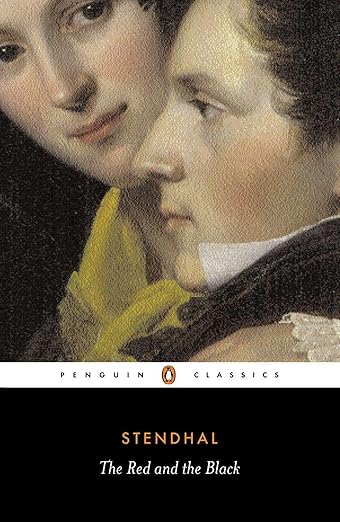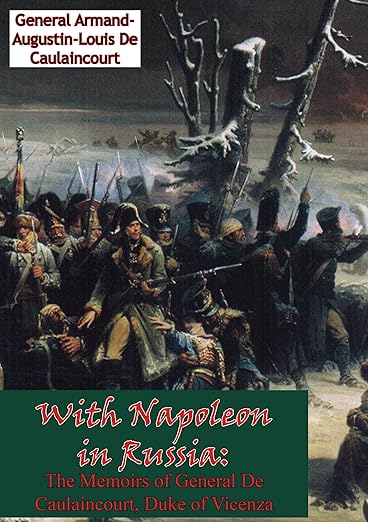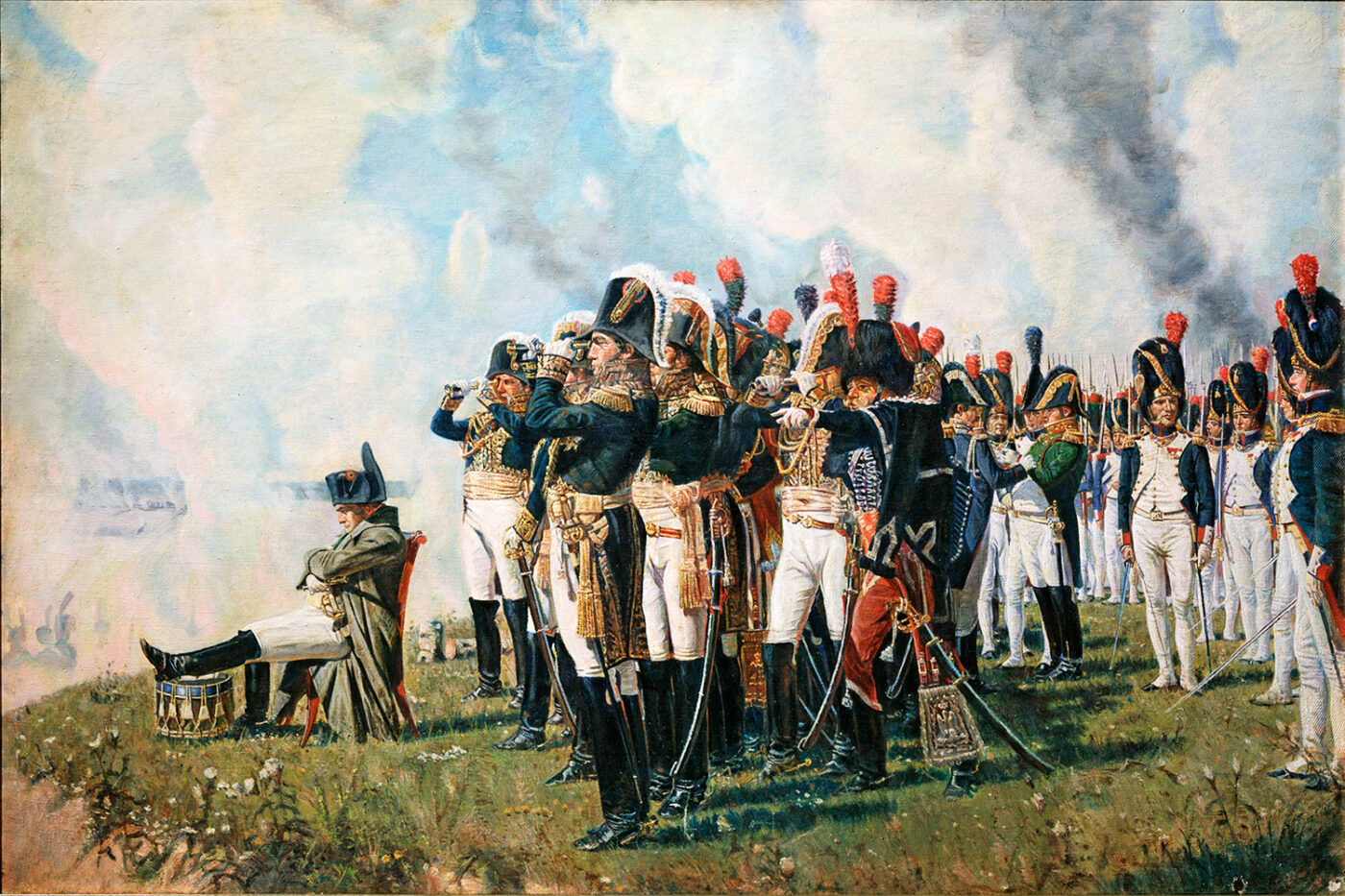FROM RUSSIA WITH LOVE
Three books for winter reading
I know Moscow is a long way off from Paris—and it turns out it’s about 1,766 miles long. But if you had asked me to pinpoint exactly where Moscow is located on a map, I wouldn’t have known until I read Moscow 1812. Though not a travel book per se, it serves as the perfect guide to follow Napoleon and his army as they advanced over the Russian landscape, past cities, towns, and villages. The book comes with a number of detailed and informative maps to help trace Napoleon’s travel routes—even the bridges (hastily constructed by French army pontoon builders) are marked with tiny diagrams.
Like the three sisters in Anton Chekhov’s play of the same name, I long to go to Moscow. In my case, unlike those unfortunate sisters, I dream of seeing the Bolshoi Ballet at their home base, The Bolshoi Theatre on Theatre Square. Arts and beauty are a lifeline more necessary than ever, and if you don’t believe me, start reading War and Peace (I’m halfway through as I write this).
When Napoleon finally made it to Moscow, the Bolshoi Ballet Theatre had already been formed (founded in 1776, like us), but the dancers and everyone who was anyone had fled the city by the time he got there.
Though you won’t find the following books in the travel section of your bookstore — if you can find a bookstore — they’re as travel informative as you’ll find, with the added plus of page-turning adventure and riveting history. Next time I go to Paris, I’ll take that four hour flight to Moscow. Maybe catch you at the Bolshoi.
MOSCOW 1812: NAPOLEON’S FATAL MARCH by Adam Zamoyski
Harper Perennial, 2005, $21.99.
 If you know anything about Napoleon, you know he trusted in his lucky star. But history tells us that even lucky stars fade. Before Napoleon invaded Russia in 1812 with mind blowingly disastrous results, he wanted to become another then-world conqueror like Alexander the Great, whose life he studied and considered as a kind of role model. If Alexander could do it…
If you know anything about Napoleon, you know he trusted in his lucky star. But history tells us that even lucky stars fade. Before Napoleon invaded Russia in 1812 with mind blowingly disastrous results, he wanted to become another then-world conqueror like Alexander the Great, whose life he studied and considered as a kind of role model. If Alexander could do it…
Moscow 1812: Napoleon’s Fatal March is one of the best history books I’ve ever read. In this international bestseller, Adam Zamoyski meticulously traces the ill-fated invasion of Moscow, infamous for the hundreds of thousands of lives lost and Napoleon’s shockingly flawed reasoning.
Napoleon’s military success and reputed genius convinced nearly the whole world that he couldn’t err on the battlefield. It was the diplomatic genius and frenemy Prince Talleyrand who did more to hasten Napoleon’s downfall than anyone else. He betrayed Napoleon, selling information to Tzar Alexander I about the plans to invade Russia.
One can’t help but wonder how Napoleon got lured deeper and deeper into Russia until he reached Moscow, which to welcome him had been set on fire by the governor’s order—even prisoners were released and given torches. Next, one wonders why he didn’t leave Moscow before winter set in. Moscow 1812 provides the answers. Moscow burned, though not completely. There were still plenty of cellars and storage areas full of the finest liquors and wines, foods, secretly stashed jewels and valuables, costly clothing and luxury items left behind by the glamorous Russian elite who had fled the city. Napoleon’s troops raided every millimeter of what was left, for instance, grabbing fur coats—better quality than those in France—for their women back home, and plundering everything in the frenzied free-for-all. Officers and soldiers moved into abandoned palaces and mansions. In some instances, the wealthy owners left their domestic staff behind and instructed them to cater to the French, presumably to save the homes from destruction.
The retreat from Moscow was shambolic and a tragedy. The soldiers weren’t prepared for extreme winter. Some of the luckier ones wore the furs and lined opera cloaks they had taken. The horses who had hardly enough fodder to survive weren’t shod for ice, so they slipped and fell and were then set upon by starving soldiers who immediately started carving the poor beasts up. There was cannibalism. There were carriages of wounded soldiers abandoned on the side of the road, because so many horses had died.
The atrocities underscore what violent primates humans can be.
Napoleon wasn’t cold hearted. He was despondent when his soldiers died. He fled his retreating army, so as not to be taken prisoner and also to spin the defeat and take charge again when he was back in Paris. One person accompanied Napoleon on this harrowing return: General de Caulaincourt, who wrote a memoir of the journey (see below).
Napoleon said he wanted to return and invade Russia again the next spring. But his lucky star had disappeared.
THE RED AND THE BLACK: A Chronicle of the Nineteenth Century by Henri Beyle Stendhal
Oxford University Press, 2009, $9.95.
 The red and the black isn’t a board game. The colors represent the two best options men had for advancement in post-Napoleonic times: red for military and black for clergy. The novel’s hero Julien Sorel is born brilliant and poor, an unfortunate combination. He opts for the “easier” clerical profession, though he’s not that into it. His intellectual gifts, seductive detachment, and good looks soon secure a job tutoring the mayor’s children. Next, the young priest seduces the mayor’s wife. From here on out the novel picks up speed and joy rides along as Julien moves (and travels) from his village to sophisticated city life.
The red and the black isn’t a board game. The colors represent the two best options men had for advancement in post-Napoleonic times: red for military and black for clergy. The novel’s hero Julien Sorel is born brilliant and poor, an unfortunate combination. He opts for the “easier” clerical profession, though he’s not that into it. His intellectual gifts, seductive detachment, and good looks soon secure a job tutoring the mayor’s children. Next, the young priest seduces the mayor’s wife. From here on out the novel picks up speed and joy rides along as Julien moves (and travels) from his village to sophisticated city life.
Above all, Julien hero-worships Napoleon. When undecided, he often asks himself what would Napoleon do? Napoleon’s rise inspires Julien to advance on the rickety and hypocritically perverse ladder of French society of the 1830s. In real life, Stendhal admired Napoleon, and was a sub-lieutenant in his army cavalry in Italy, and later in Napoleon’s 1812 disastrous invasion of Moscow, Stendhal was entrusted with dispatches from Paris, and luckily scooted out of town a month before the French withdrew.
I can’t give away the plot (though I’ve noticed lately that many book reviewers take this untoward shortcut), but I promise this is a novel you won’t ever forget. Stendahl is an unparalleled storyteller who astonishes with the outlandish and sobering, much like the plots of the opera buffo he so loved in which social classes mix, and we laugh and cry at the tragicomic plot twists.
Midway through The Red and the Black, Stendahl springs out of nowhere and breaks the fourth wall to suddenly address the reader. He tells us not to judge the characters too harshly, because they are, after all, just fictional characters. Stendahl must have had a good laugh with his clever intrusion, as almost 200 years after the book’s publication, your reviewer laughed out loud, and, yes, was astonished when she read it. To come full circle: the novel’s dedication is to “the happy few.” I hope this includes you.
WITH NAPOLEON IN RUSSIA: THE MEMOIRS OF GENERAL DE CAULAINCOURT, DUKE OF VICENZA
William Morrow and Company, 1935.
 The most famous man in the world (Lord Byron came in second), was hiding in a carriage, covered with a bear skin rug to fend off the bitter cold. A fur hat was pulled far down on his face to avoid recognition, and he used a false identity. That is, not his real name: Napoleon.
The most famous man in the world (Lord Byron came in second), was hiding in a carriage, covered with a bear skin rug to fend off the bitter cold. A fur hat was pulled far down on his face to avoid recognition, and he used a false identity. That is, not his real name: Napoleon.
As Napoleon fled the Russian invasion of 1812, the professional soldier, aristocrat, and member of his inner circle, Armand de Caulaincourt, first Duke of Vicenza, was the only person to accompany him. He jotted down Napoleon’s words and described his feelings and actions whenever he had a spare moment, when Napoleon slept or during the many travel delays.
Caulaincourt details the narrow escape, as they travel on rickety country carriages, on sledges, on anything that leads in the direction of Paris. The harrowing journey with endless stops to repair vehicles and find fresh horses, moved day and night from Moscow to Warsaw and Dresden, and over bad Westphalian roads.
Though it contains a fold out “travel” map, the memoir is more than a travel journal. It was Caulaincourt who found Napoleon after he tried to commit suicide at the Château de Fountainebleau. The book captures a side of Napoleon that humanizes him. Even one of history’s greatest heroes or villains, depending on your point of view, had doubts, indecisions, and regrets.
As he was nearing Paris, he reflected, “The most insignificant incidents can change the fate of the world, just as the mistakes of our enemies often serve them to better purpose than the talents of their generals and lead us into even greater errors ourselves … I was wrong in not leaving Moscow a week after I entered the city … I was deceived and I deceived myself.”









